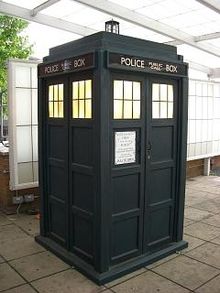

Tardigrades, at half a millimeter long, are the cockroaches of the microscopic world. Named for their resemblance to bears, they are not bacteria; they are actually a phylum of the animal kingdom, part of a classification of animals called, appropriately, micro-animals. They have been reported to survive (for limited amounts of time):
- Temperatures ranging from 151 Celsius (304 Fahrenheit) down to -272 C (-458 F, or 1 C above absolute zero)
- Pressures ranging from the vacuum of space to over 6000 atmospheres
- Ten years without water
- Over 500 times the amount of radiation that could kill a human
That's a lot. These things are actually kind of scary if you think about it, but not without their fans. My friend even wrote a song about them.
They have also been verified to survive in the vacuum of space. Although they are not the only life forms tested against outer space, I find them fascinating. Not only do they lend credence to the ability of the life forms in Waking Mars to survive, dormant, in the harsh Martian environment for millenia, they also give weight to the idea of life spreading across the galaxy.
For years I've known about the panspermia theory, which posits that life can be spread through space from one planet to another, usually through meteor impacts. I've never really taken it seriously until I heard about these things.
Actually, I still don't take it all that seriously. The existence on earth of tardigrades certainly suggests that somewhere out there, life could exist that could survive outer space indefinitely, and migrate to another planet within a solar system, and perhaps over millions or billions of years, to another solar system. But that doesn't make it likely. Not that science fiction has to be about likelihood.
I think the best application of the panspermia theory is in the moon system of a gas giant within a star's habitable zone. I can definitely see life getting spread from moon to moon, leading to a system of multiple habitable moons with evolutionarily similar ecosystems.
Plus, you could scale up the water bear to macro-scale and have an excellent alien beast.
Run tiny human!

No comments:
Post a Comment